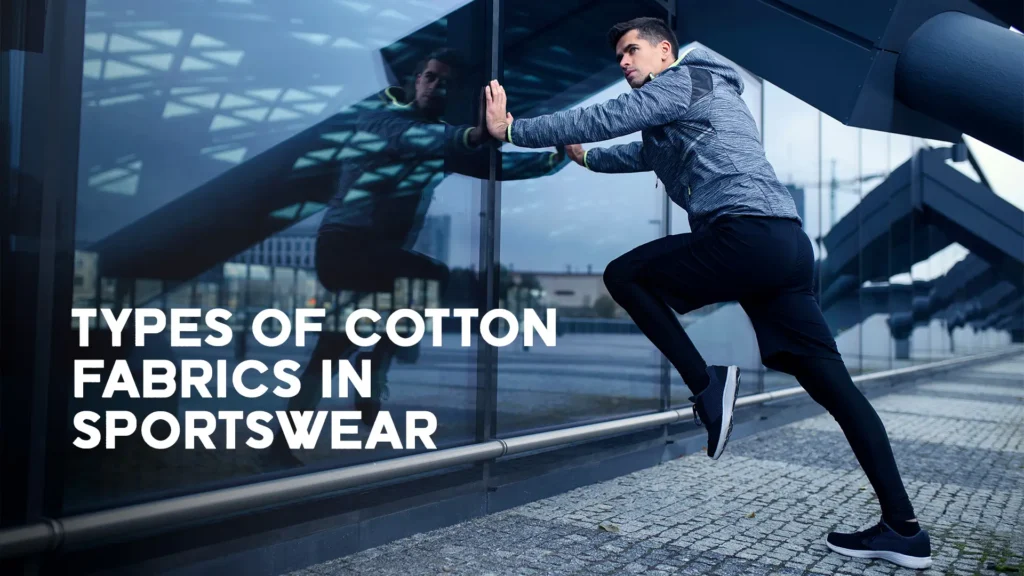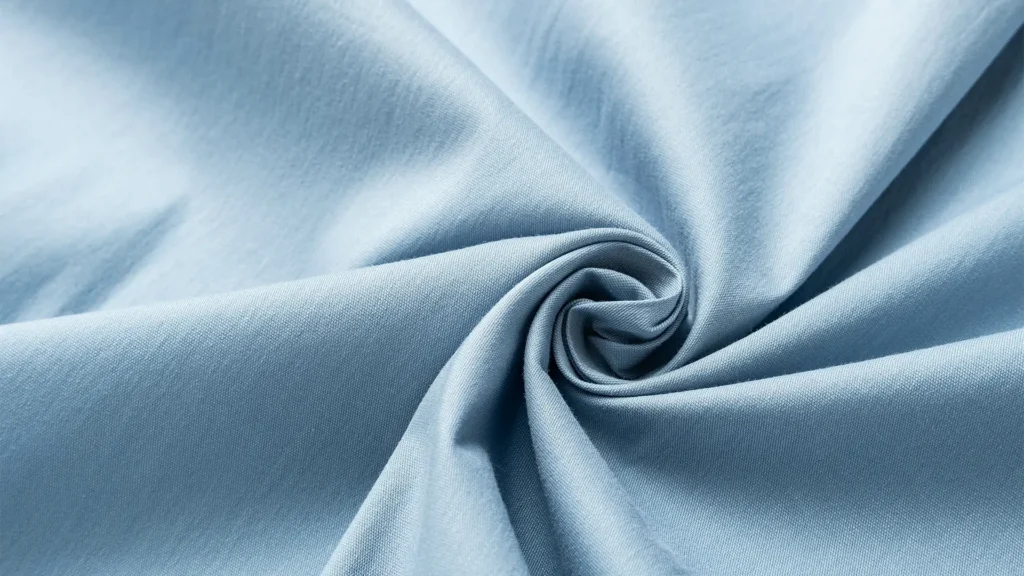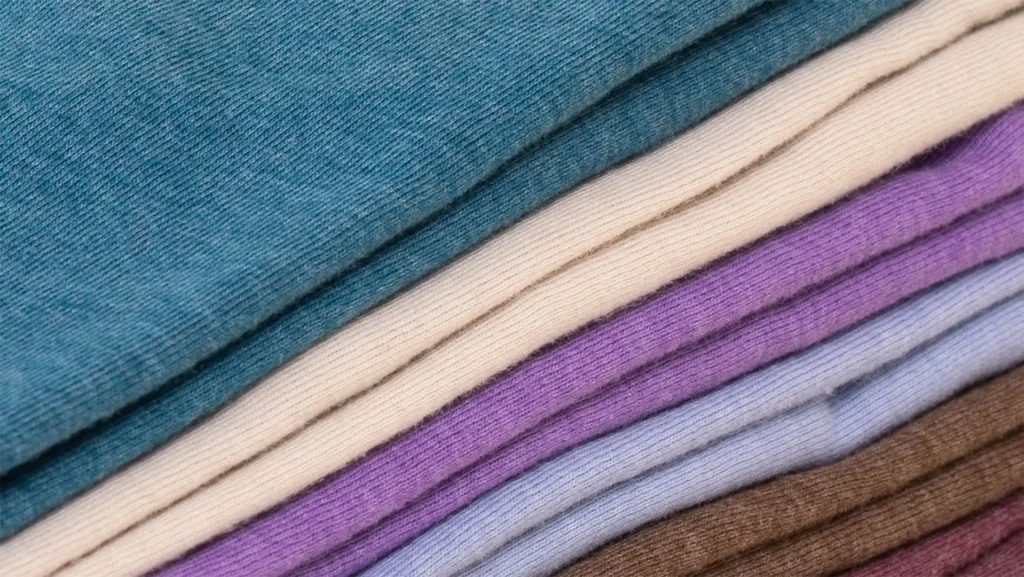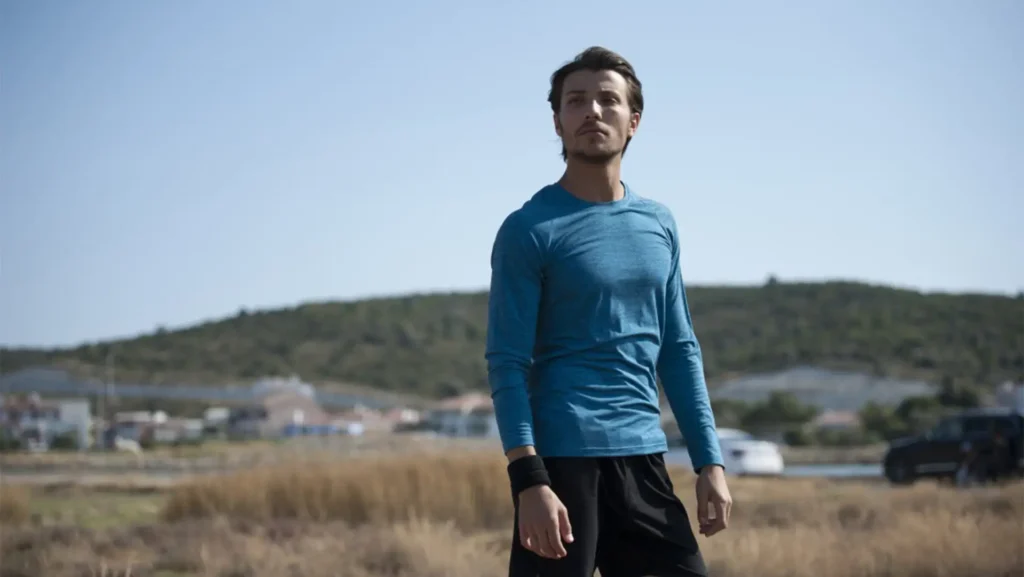Blog
Types of Cotton Fabrics in Sportswear
- September 9, 2024

The Unmatched Comfort and Breathability of Cotton
Breathability
Cotton fibers allow air to circulate, keeping the body cool during physical activity. This makes it ideal for sportswear, especially in warm climates.
Comfort
Cotton’s softness against the skin is one of its most praised qualities, making it a preferred choice for those seeking comfort during workouts.
Moisture Absorption
Cotton can absorb up to 27 times its weight in water, which is beneficial for absorbing sweat during exercise. However, this can also be a drawback if the fabric becomes too saturated.
Supima Cotton: The Gold Standard for Premium Sportswear
-
What Sets Supima Cotton Apart?
-
The Growing Popularity of Supima Cotton in Pakistan
Supima Cotton vs. Other Popular Cotton Varieties
Supima Cotton vs. Organic Cotton
A common comparison in the cotton world is Supima cotton vs organic cotton. While both types are celebrated for their quality and environmental benefits, they differ in several key aspects:
Production Process
Organic cotton is grown without synthetic pesticides or fertilizers, making it a more environmentally friendly option. While not necessarily organic, Supima cotton is still produced with a focus on sustainability, though its primary appeal lies in the quality of its fibers.
Fiber Quality
Supima cotton’s extra-long fibers give it an edge in softness, strength, and durability. Organic cotton, on the other hand, might not always offer the same level of luxury but appeals to those who prioritize eco-friendliness in their clothing choices.
Use in Sportswear
Both types of cotton are used in sportswear, but Supima cotton is often preferred for premium products where the fabric’s feel, durability, and appearance are paramount.

Supima Cotton vs. Pima Cotton
When comparing Supima cotton vs Pima cotton, it’s important to understand that Supima cotton is a type of Pima cotton, but with stricter quality controls.
Fiber Quality
Pima cotton is known for its long fibers, which provide a soft and durable fabric. Supima cotton, however, represents the top 1% of Pima cotton production, ensuring only the best fibers are used.
Use in Sportswear
Supima cotton is often used in higher-end sportswear, where the added benefits of its extra-long fibers, such as better color retention and resistance to wear, are highly valued. Pima cotton, while still an excellent choice, might be used in more mid-range products where the premium qualities of Supima cotton are not as critical.
Supima Cotton vs. Egyptian Cotton
Another frequent comparison is Supima cotton vs Egyptian cotton. Both are considered luxurious, but they cater to slightly different markets and needs:
Fiber Length
Both Supima and Egyptian cotton have long fibers, but Egyptian cotton is often prized for its length and fineness, which gives it a silky texture. Supima cotton, while also soft, is slightly stronger, making it better suited for sportswear that needs to endure repeated use and washing.
Luxurious Feel
Egyptian cotton is known for its luxury and is often used in bedding and high-end fashion. Supima cotton, on the other hand, is favored for its durability and practicality, making it a top choice for premium sportswear.
Price Point
Egyptian cotton tends to be more expensive due to its luxurious appeal, while Supima cotton offers a more balanced price for those seeking high quality without the extreme cost.
Choosing the Right Cotton Fabric for Your Sportswear
-
Jersey
A lightweight, stretchy fabric made from 100% cotton or a cotton blend. Jersey is breathable, soft, and comfortable, making it ideal for T-shirts and activewear that require flexibility. -
Terry
Typically made from cotton, terry cloth is known for its looped texture and excellent absorbency. For its moisture management properties, it is often used in sweat-wicking sportswear like towels, robes, and some athletic wear. -
Twill
A durable fabric with a diagonal weave, the twill can be made from cotton and is resistant to wear and tear. It is commonly used in sportswear that requires structure and durability, such as pants and jackets. -
Poplin
Poplin is a smooth, lightweight fabric often made from 100% cotton. It is breathable and easy to care for, making it a popular choice for casual sportswear shirts and athletic tops. -
Chambray
Chambray is a plain weave fabric typically made from cotton. It resembles denim but is much softer and more breathable. For its comfort and versatility, chambray is often used in shirts and tops.

Cotton Shirt Fabric Types
Cotton Shirt Fabric Types
-
Oxford
-
Poplin
-
Chambray
Sheer Cotton Fabrics
-
Voile
A semi-sheer, lightweight fabric made from 100% cotton. Voile is soft and breathable, often used in sports tops and layering pieces where ventilation is crucial.
-
Lawn
The lawn is a fine, lightweight fabric made from 100% cotton. It is smooth, soft, and comfortable, making it perfect for layering in sportswear. It provides a cool, comfortable feel during physical activity, especially in warm weather.
Blended Fabrics: Combining the Best of Cotton and Synthetics
The Role of Cotton Blends in Performance Sportswear
Benefits of Blended Fabrics
Common Cotton Blends in Sportswear
-
Cotton-Polyester Blends
-
Cotton-Spandex (Lycra) Blends
-
Cotton-Nylon Blends
-
Cotton-Rayon Blends
-
Cotton-Bamboo Blends

Conclusion
Frequently Asked Questions
What is the best fabric for sportswear?
The best fabric depends on your activity. Cotton is great for comfort and breathability, while blends like cotton-polyester blend are better for moisture-wicking and durability.
Is cotton suitable for athletic wear?
Yes, cotton is suitable for low—to moderate-intensity activities. It’s soft and breathable, but it can hold moisture, so it’s not ideal for very sweaty workouts.
What are the benefits of cotton-polyester blends in sportswear?
Cotton-polyester blends combine the softness of cotton with the durability and quick-drying properties of polyester, making them great for intense activities.
How does Supima cotton compare to other cotton types for sportswear?
Supima cotton is softer, stronger, and holds color better than regular cotton, making it a top choice for premium sportswear.
What are the most breathable cotton fabrics for warm-weather sports?
Voile and lawn are lightweight, breathable cotton fabrics perfect for staying cool in warm weather or during light activities.